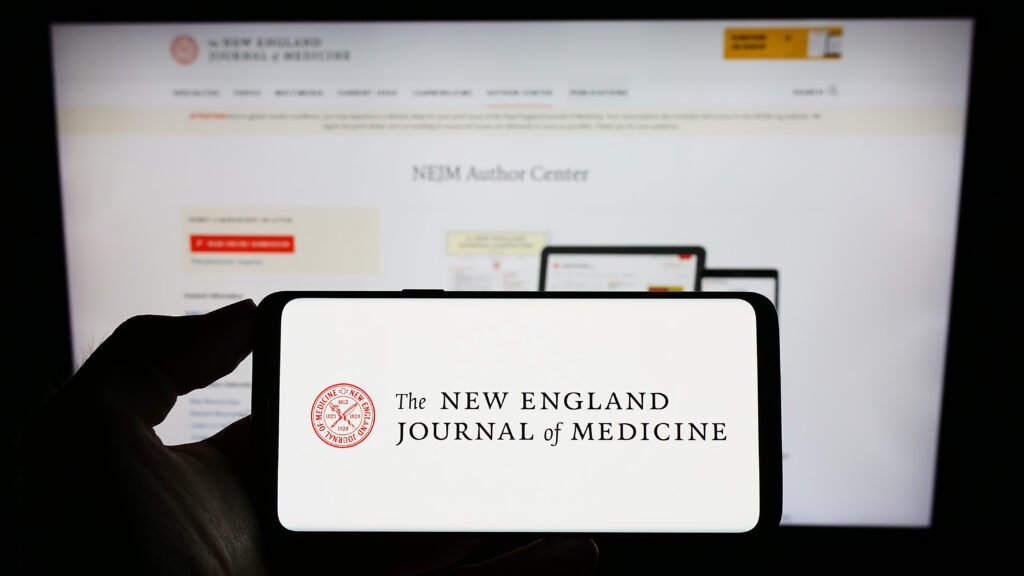In an effort to strengthen the public health infrastructure of the federal government, two reputable institutions have joined forces to create an alternative to the Centers for Disease Control and Prevention’s Morbidity and Mortality Weekly Report (MMWR), often referred to as “the voice of the CDC.”
The New England Journal of Medicine and the Center for Infectious Disease Research and Policy will soon begin publishing “public health alerts” as a substitute for the MMWR. CIDRAP Director Michael Osterholm made this announcement at the recent IDWeek conference, emphasizing the importance of timely dissemination of critical information related to outbreaks and public health data. He encouraged professionals to contribute their insights and data for consideration in these alerts.
These alerts will be featured in a new section of the NEJM Evidence journal, released as needed rather than on a weekly basis, and will be accessible to the public free of charge. A spokesperson from NEJM expressed excitement about this collaboration with CIDRAP and the launch of this rapid digital alert system to share vital information regarding disease outbreaks and other public health concerns.
The MMWR has been a cornerstone of public health since its inception in 1952, serving as the primary platform for reporting new outbreaks and emerging diseases. However, recent events have raised concerns about the publication’s reliability. During the Trump administration, publication was halted due to communication restrictions, marking the first time in history that a new edition was missed. Additionally, the journal faced interruptions during government shutdowns and experienced significant staff layoffs, only to be reinstated later.
CIDRAP has taken on additional responsibilities typically handled by the federal government, such as the creation of the Vaccine Integrity Project. This initiative has provided alternative vaccine recommendations in parallel to the CDC’s Advisory Committee on Immunization Practices, garnering support from various professional societies.
Osterholm highlighted CIDRAP’s commitment to bolstering public health infrastructure amidst a challenging political landscape. The center has secured funding for graduate students through partnerships with private foundations, showcasing the importance of collaborative efforts to support scientific endeavors during uncertain times.
As CIDRAP continues its mission to enhance public health initiatives, Osterholm emphasized the critical role of philanthropy in driving scientific progress. He revealed plans for over 65 foundations to pool their resources to support scientific endeavors, signaling a shift towards more innovative and impactful funding strategies in the realm of public health.
In conclusion, the collaboration between NEJM and CIDRAP signifies a significant step towards strengthening public health communication and response efforts, ensuring that vital information reaches professionals and the public in a timely and reliable manner.


